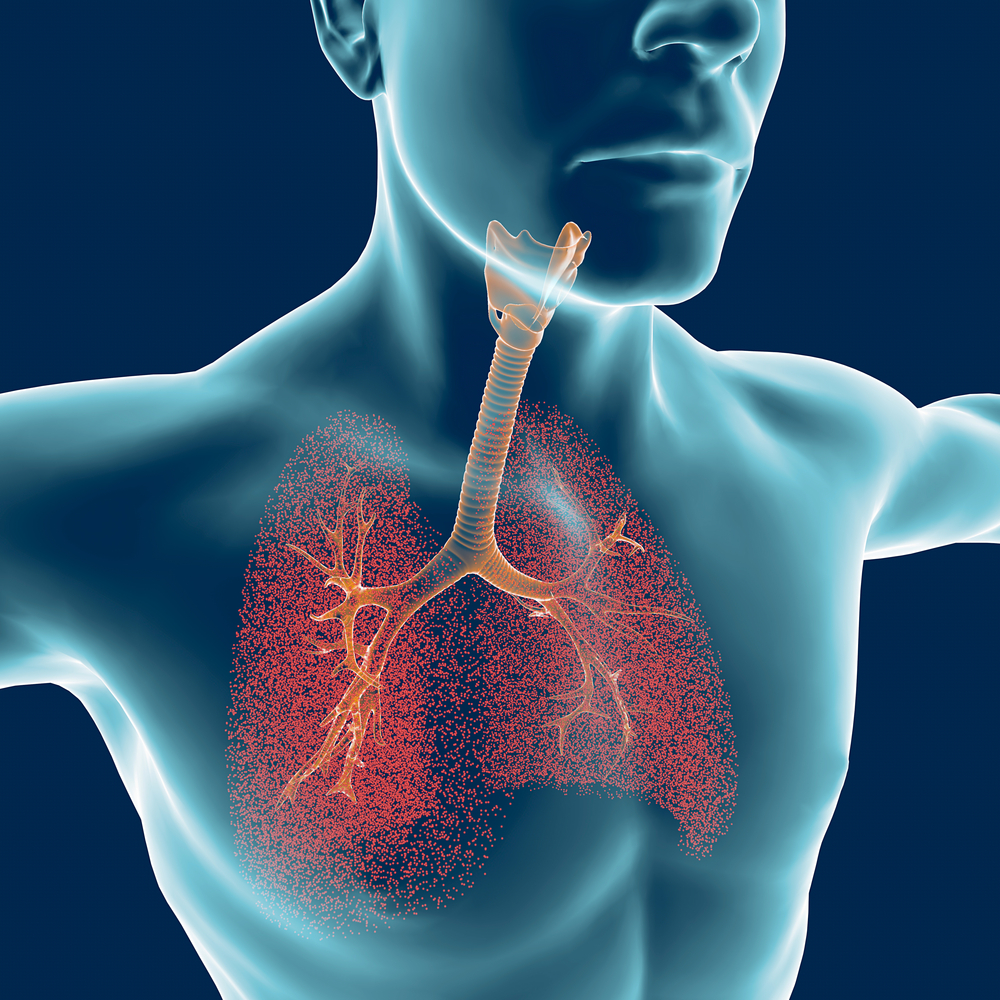Certain Patients with Sarcoidosis-associated PH May Benefit from PH-specific Treatment, Real-world Study Suggests

Patients with sarcoidosis-associated pulmonary hypertension (SAPH) can improve their levels of a key biomarker after receiving specific treatment for PH, which suggests that PH-specific treatment may benefit this patient population, according to a real-world study.
The study, “Clinical Features and Outcomes of Patients with Sarcoidosis-associated Pulmonary Hypertension,” was published in the journal Nature Scientific Reports.
Although reports have shown a high frequency of PH in people with sarcoidosis, no specific PH therapies are available for these patients. Thorough understanding how PH affects blood flow and heart function in people with SAPH is limited, particularly in real-world practice.
Therefore, a team at Duke University Medical Center decided to study a large group of patients with newly diagnosed SAPH, and their treatment, clinical outcomes, and disease management.
A total of 95 patients (76% women, 86% African-American) were identified from 1990–2010 using the Duke University Health System database. Diagnosed with SAPH at a mean age of 52, all patients had their diagnosis confirmed by right heart catheterization, and were followed up for a median of three years.
The study evaluated post-therapy changes in 6-minute walk distance (6MWD), a measure of exercise capacity, and in N-terminal pro-brain natriuretic peptide (NT-proBNP), which is a PH biomarker. This biomarker was assessed because of the questionable validity of 6MWD as a marker for PH severity in lung sarcoidosis, the scientists noted.
Pre- and post-therapy 6MWD and NT-proBNP values were measured three to nine months before and after initiating the first treatment.
At baseline, 70% of patients had stage IV or advanced sarcoidosis, and almost all (99%) were symptomatic. Also, 59% had moderate or severe right ventricular (RV) enlargement, while 55% had moderate/severe RV dysfunction. The median NT-proBNP value was elevated (910 pg/mL).
Mean pulmonary arterial pressure, or mPAP, (at 49 mmHg) and pulmonary vascular resistance (8.5 Woods units) indicated severe PH. Most patients were being treated with medications for pulmonary sarcoidosis, the most common being steroids (61%).
PH-specific therapies for SAPH were used by 74 patients. Among this group, 36 (37.9%) patients initially received oral monotherapy, 23 (24.2%) had parenteral monotherapy, four (4.2%) had inhaled monotherapy, 11 (11.6%) received combined therapy, and 21 (22.1%) had no therapy. Parenteral delivery refers to a route other than the digestive tract, such as under-the-skin, intramuscular, or intravenous injection.
The percentage of women was higher in the group on PH-specific therapy (81%) than in the no therapy group (57%). Receiving treatment for PH was not associated with RV dysfunction, sarcoidosis stage, or mPAP. The prevalence of moderate or severe RV dysfunction at baseline was highest (83%) in people on parenteral stand-alone therapy, and lowest (48%) in patients on no therapy.
The median time to hospitalization or death was six months, and the mortality rate over a median three-year follow-up was 32%.
Among the 64 patients (67%) with a clinical event (hospitalization or death), 73% had advanced sarcoidosis. Imaging and blood flow data of RV function and PH were not associated with these outcomes. However, the follow-up NT-proBNP value was significantly higher in patients who died (1258.0 pg/mL) or were hospitalized (262.0 pg/mL).
Patients on intravenous, inhaled, or oral combination treatment for SAPH were more likely to experience clinical symptoms, which the researchers attributed to having more advanced disease.
Analysis of the 37 patients on PH-specific therapy, and with pre- and post-treatment 6MWD and NT-proBNP values, revealed that 33 continued on their initial therapy for the duration of their follow-up. While 6MWD results did not change over time, NT-proBNP levels significantly decreased (improved), with a median change of 51.2%.
Although cautioning that more trials are needed, the researchers concluded that the “use of PH-specific therapy may be helpful in selected patients with SAPH,” and that NT-proBNP may be an important measure of treatment efficacy in these patients.







